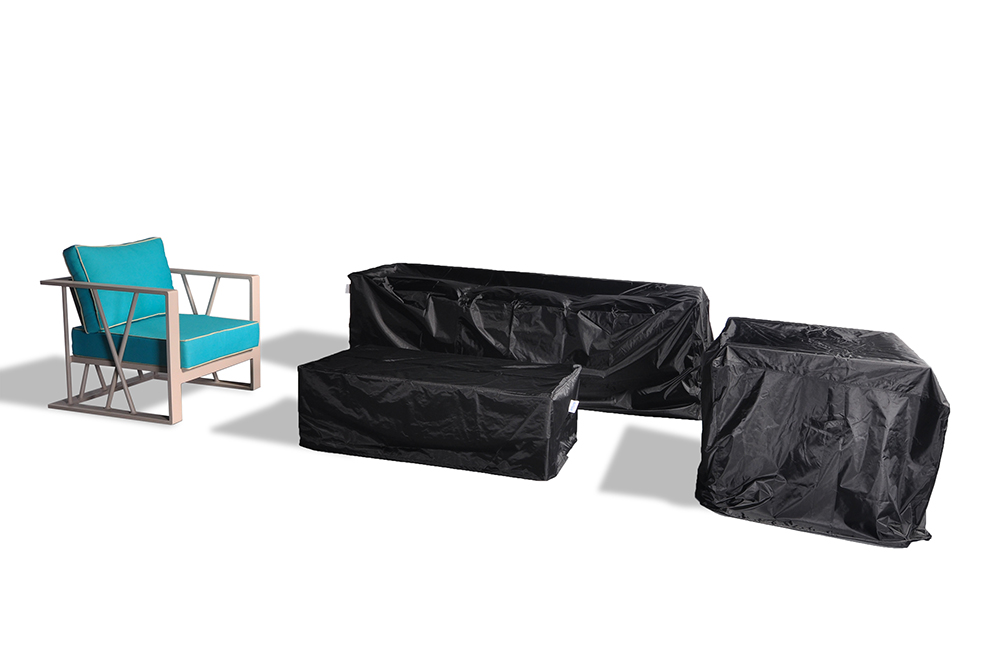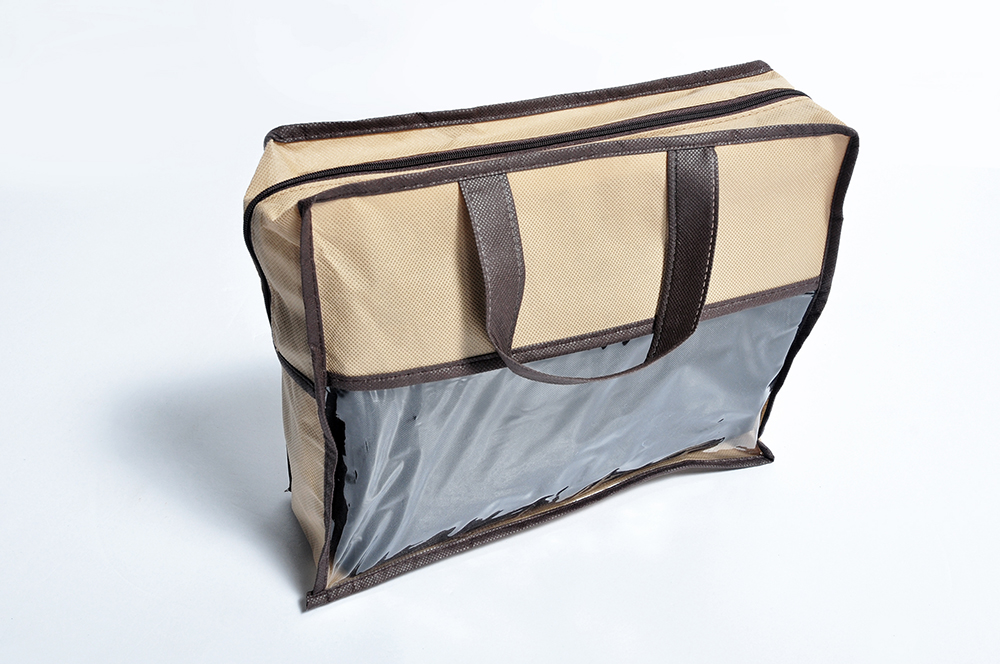Selection of printing ink for art paper
Since art paper has certain specialities in raw materials and papermaking technology, art paper has a big difference from ordinary paper in paper structure and performance, and has different requirements for the selection of printing ink and printing process. Pay attention to the following three points when choosing ink and printing. Pay attention to the ink absorption of art paper The absorption of ink by different art papers varies greatly. For example, coaster cardboard is easy to absorb ink, Reini paper is easier to absorb ink, and sulfuric acid paper is difficult to absorb ink. In printing, the ink absorption is directly related to the quality and drying time of the printed product. Art paper with different ink absorption can usually be controlled by adjusting the printing pressure and adding ink additives. For example, for paper with poor ink absorption, you can Properly add a drier to the ink or use ultraviolet light to cure, so as not to cause the back side to become dirty, blotting and other phenomena caused by the ink drying too slowly. Of course, the structure of the paper has a great influence on the ink absorption. Some papers are bulky and the ink can easily penetrate and dry; while others have a very tight texture and the ink floats on the surface of the paper, which makes it neither easy to penetrate the paper nor dry. Pay attention to the smoothness of art paper The difference in papermaking process makes the paper quality of art paper have a big difference. If the paper quality is loose, the smoothness is low, and some are tight, and the smoothness is high. For example, when printing relatively thick art paper, the printing pressure should not be too large, otherwise it will destroy the obvious characteristics of such art paper shading and deform the paper. On the contrary, if the paper is printed with a relatively tight texture, the printing pressure should be increased appropriately. In addition, some art papers also have an embossed effect (such as embossed paper) and stripe texture effect (such as bamboo textured paper). For this type of art paper, try not to use (or use less) ink printing, as long as the paper's natural Embossing, some simple local processing, such as embossing, UV glazing, hot stamping, etc., try to retain and use the essence of the original paper, you can achieve the ideal decorative effect. For ink printing, pay special attention to control the printing pressure. Pay attention to some other characteristics of art paper Art paper also has characteristics that ordinary paper does not have, such as texture. We know that paper is a flat material, and people can feel the visual texture of the material through graphics, such as stripes, color shading, etc., which are designed using people's visual texture. In packaging and printing, texture is more and more valued. For example, in order to make people feel the tactile pleasure on the surface of packaging materials, a wide variety of artistic papers with different textures (such as embossed paper, screen paper, etc.) are widely used. In print design, the use of rough and shiny paper is an important texture design. Printing on rough-textured art paper can further enhance the texture, even the small patterns printed on the Mameslip paper with fine bump effect have a good visual texture effect. In addition, different materials have different textures (ie texture). The texture has natural texture and processing texture, and various art papers used in printing are the processing texture obtained through manufacturing. Texture is divided into visual texture and tactile texture. Visual texture is a two-dimensional texture. Tactile texture is generally obtained through processing methods such as compression, die cutting, and engraving. It is a three-dimensional texture that can be felt by touch. Art paper has a better texture and texture than ordinary paper. It provides a lot of materials for packaging design from the macro and micro world. For these art papers, the essence of the paper should be used as much as possible, and printing with ink (especially large area printing) should be avoided. In printing, pay attention to control the printing pressure. Finally, talk about the printing of gold and silver ink on art paper. In order to pursue a gorgeous appearance, many customers will choose silver ink and gold ink printing. However, in the design process, the layout should be rationally designed according to the characteristics of art paper and the printing process. It should not only be beautiful and generous, but also fully consider the characteristics of gold and silver ink and printing process requirements, and try to avoid printing failures that should not occur. Gold and silver inks are inks that use gold powder or silver powder (usually copper, aluminum powder or copper, aluminum flakes) particles instead of pigment particles to produce a gold and silver density in a high aggregation state. The biggest feature of gold and silver ink printing is that it can show the unique suspension and color formation of gold and silver powder after printing, which can ensure the stability of quality and no color change during storage. The biggest feature of gold and silver ink printing is that it can show the unique suspension and color formation of gold and silver powder after printing, which can ensure the stability of quality and no color change during storage. Gold and silver ink printing should be selected according to the characteristics of art paper. Generally speaking, gold and silver ink are used on the solid parts or color blocks, and it is best not to design gold or silver for very fine Yin, Yang or transition. . In the process of plate design, the color sequence of gold and silver ink should be considered to ensure the metallic color. Also consider the requirements of gold, silver and ink printing on art paper. If the art paper is very absorbent to the ink, the binder will be quickly absorbed, and the metallic pigments in the ink will float on the surface of the art paper, lose its gloss, fail to adhere firmly, or even fall off. Art paper with strong acidity easily reacts with metal powder, causing metal pigment to change color and lose luster. When printing gold and silver ink on art paper, the background ink should be spread first. For example, when printing silver ink, a layer of white ink should be spread first. This can not only improve the gloss of the silver ink layer, but also strengthen the attachment of silver ink on the paper. Work hard. After printing gold and silver ink, some products should also consider UV glazing or water-based glazing, or coating to prevent the metal pigment from oxidizing and discoloring or falling off. Gold and silver ink printing requires a special printing process. The durability of gold and silver ink is generally worse than that of pigment particles, but it can be protected by a printed coating or glazing layer. Inks made of powdered metal pigments are thickened (thick) on the printing press, while inks configured with wet gold and silver paste pigments are better. In printing, the gold and silver ink has the characteristics of low viscosity, suitable for transfer between the ink rollers, so that the printing process is relatively clean. For substrates, rough art paper prevents fine gold and silver ink particles from forming metal foil on the surface of the paper and reduces the printing effect of gold and silver ink. In addition, the function of printing with gold and silver ink is mainly to highlight its metal characteristics. Since the opacity of other inks will affect its metal effect, therefore, in order to arrange the printing color sequence, it is generally required to place gold and silver ink in the final printing. Since the opacity of gold and silver inks will lead to compensation for too much ink, only by using more inks to achieve the desired metallic effect, but this will lead to imbalances in the inks, bringing too much burden to the dampening system , Causing malfunctions such as paste and dirty. The best way to prevent these failures is to add ink to a lighter-colored image so that it just covers the image. Then, increase the amount of ink, and adjust the water supply to make it slightly higher than the minimum value, so as to avoid non-graphic parts of the ink. In order to make gold and silver inks have good printability, the selected ink adjustment oil (gold adjustment oil and silver adjustment oil) must ensure that it has sufficient viscosity, good chemical stability, good transparency, and dry solid poor Excellent performance, to ensure that the mixing ink and gold and silver powder can be mixed evenly, and can improve the color performance of gold and silver powder, so that the metallic luster and coloring ability is stronger.
Outdoor Furniture covers
are polyester outer sell with PVC coating inside, keeps the elements out covers
wipe clean with a damp cloth and mild soap, with a high seam strength and
durability, don`t fade or crack in the sun.
Our
outdoor furniture covers provide an unparalleled level of protection for your
outdoor furnishings. Designed with meticulous detail, these durable covers with
polyester outer shell and a layer of water-resistant PVC to ensure superior
performance and long-lasting functionality in searing sun, blinding rain,
prodigious snow, and bitter cold.
• Lined with a layer of water-resistant
PVC
• Soft fleece underside protects
aluminum frames
• Won't fade in the hottest sun, or
crack in temperatures dropping to 0°F
• Elastic edging and/or reinforced ties
hold covers securely in place
If
you have any questions, please contact with us directly. Outdoor Furniture Covers
are produced by Golden Eagle Outdoor Furniture With High Quality and Good
Appearance. Welcome you visit our Factory. For any inquiry,Please send mail
directly to us.
Outdoor Furnniture Covers,Outdoor Furnniture Rain Covers,Outdoor Covers For Furniture,Outdoor Patio Furniture Covers Golden Eagle Outdoor Furniture Co., LTD. , https://www.geoutdoor.com
